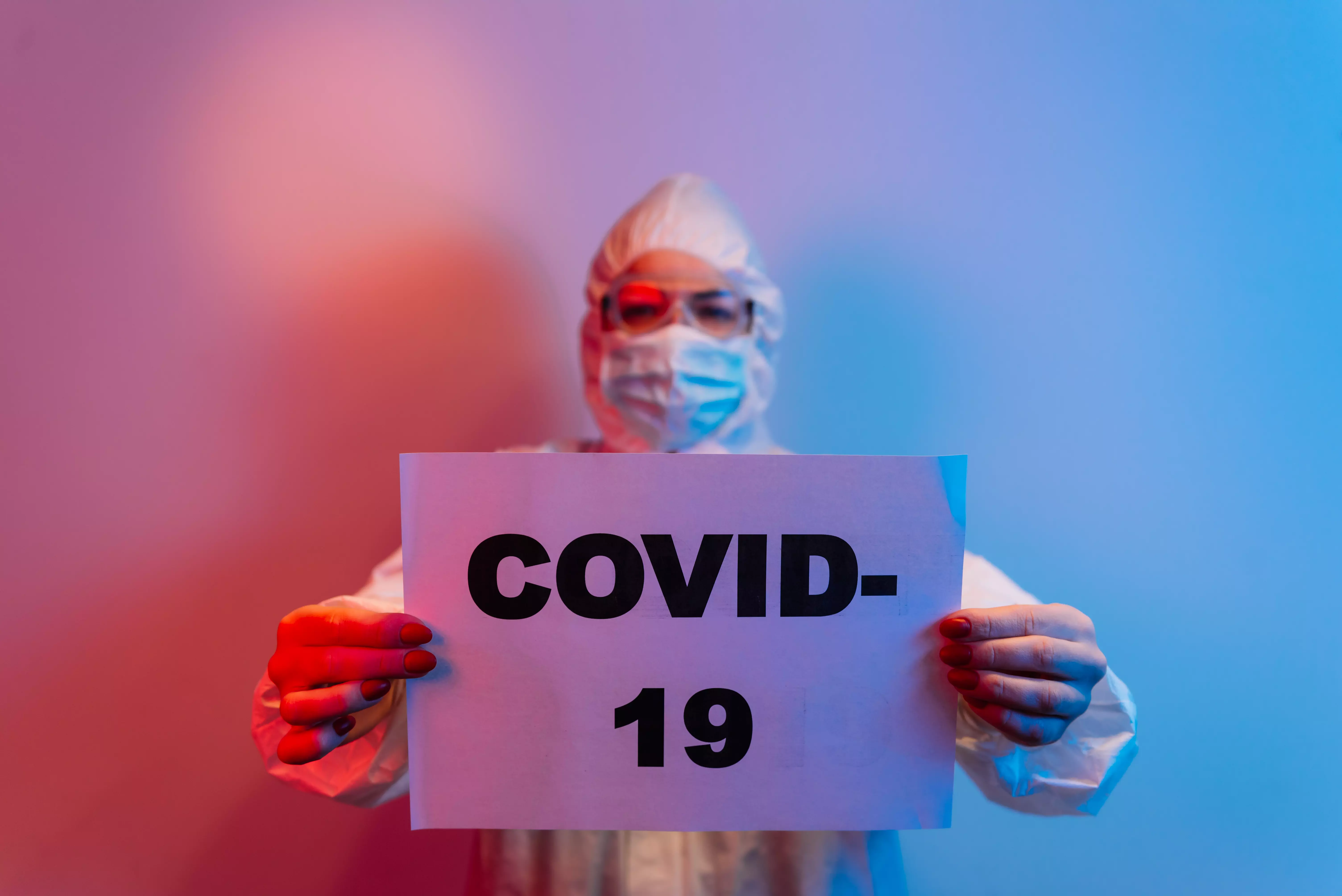COVID-19 cases: statistical and epidemiological analysis
Introduction to COVID-19
The COVID-19 pandemic, caused by the SARS-CoV-2 virus, has introduced extremely significant changes to public health organizations around the world. COVID-19 case analysis not only provides an understanding of the epidemiology of this virus, but also identifies key factors that influence its spread and health effects.
The importance of statistical analysis
Statistics plays a central role in the study of the COVID-19 epidemic, and it helps to understand the dynamics of infection and the behavior of the virus. Statistical analysis of COVID-19 cases allows tracking trends over time, which is crucial for public health authorities to make appropriate decisions.
The main methods used in the analysis are trend analysis, predictive models, and spatial analysis. These techniques help identify areas with the highest risk and forecast future incidences.

Epidemiological indicators
In the context of COVID-19 epidemiology, key indicators are infection rates, hospitalization rates, and mortality rates. Understanding these parameters helps determine the severity of the health situation in a region.
By monitoring the indicators, it is possible to react quickly to changing circumstances and implement appropriate preventive measures. For example, if the infection rate in a city is increasing, the authorities may decide to impose restrictions to limit the spread of the virus.
Demographic analysis of cases
Demographic analysis involves examining the impact of age, gender and other social factors on the prevalence of COVID-19. As research shows, these differences can have important implications for vaccination strategies and health interventions.
For example, older people and those with comorbidities are much more likely to have severe disease. Therefore, the introduction of vaccination programs targeting these populations becomes crucial to reducing hospitalizations and deaths.
The role of predictive models
Predictive models are a cutting-edge tool in the fight against COVID-19, making it possible to forecast future pandemic scenarios. They allow experts to predict what the possible effects of different health strategies will be.
Many models are based on historical data, taking into account vaccination, health interventions, and changes in social behavior, among other factors. This approach allows simulation of the effects of different strategies, which is invaluable for planning future actions.
Spatial analysis of cases
Spatial analysis involves studying the distribution of COVID-19 cases in space-time. Thanks to modern technologies such as GIS (Geographic Information Systems), it is possible to create maps that illustrate the spread of the virus.
This form of analysis allows rapid identification of areas with a high risk of infection and better planning of resources in the context of health care. In addition, it allows for the visualization of data, which is extremely helpful in communicating with the public, as well as in decision-making by authorities.
Conclusions of the analyses
Statistical and epidemiological analysis of COVID-19 cases is crucial in the fight against the pandemic. Understanding and monitoring epidemiological indicators, demographic trends and the use of predictive models allow for effective crisis management.
In the future, developments in technology and analytical methods will allow for even more accurate predictions and better responses to challenges in the public health context. International cooperation and data sharing provide a foundation on which to build effective immunization and health strategies for entire communities.
Summary
The lessons learned from the COVID-19 case studies provide valuable information not only about the current epidemiological situation, but also about how best to prepare for future pandemics. It is with intellectual curiosity and responsibility that we must conduct further research to increase our resilience to future health threats. Data monitoring and analysis are key elements of a strategy that can save many lives}.

Add comment